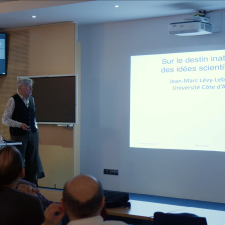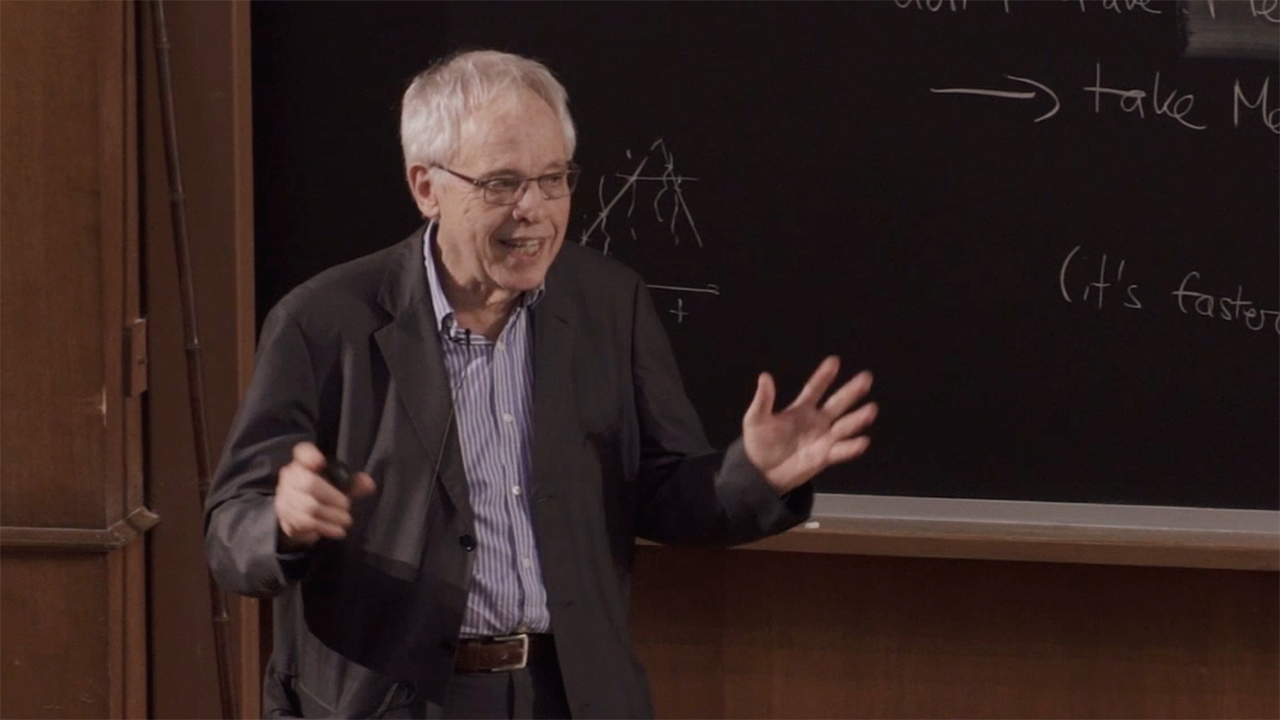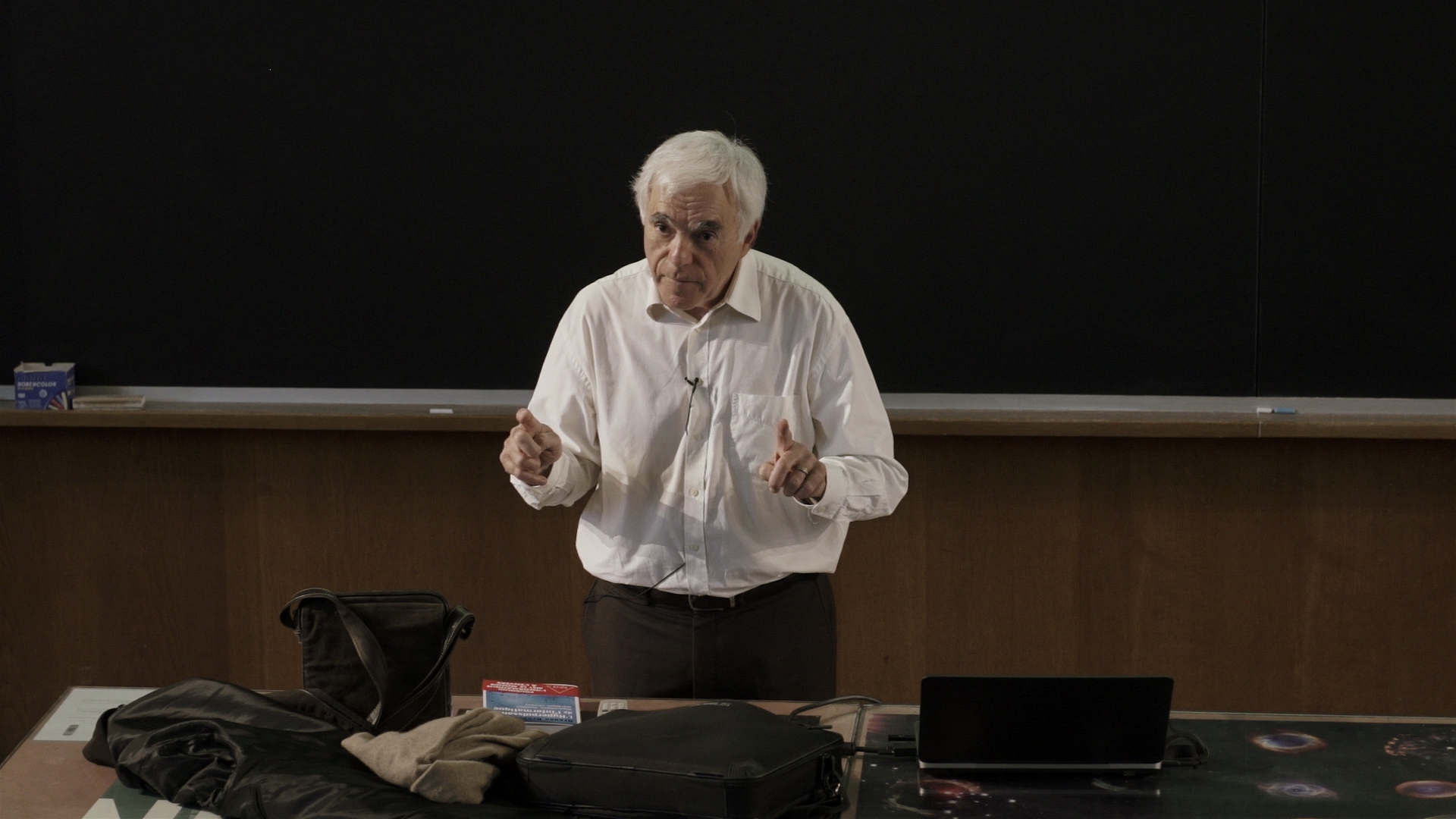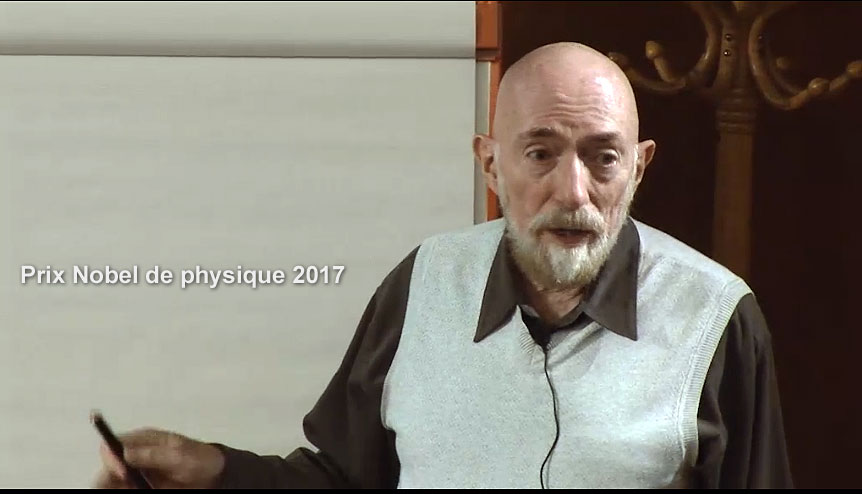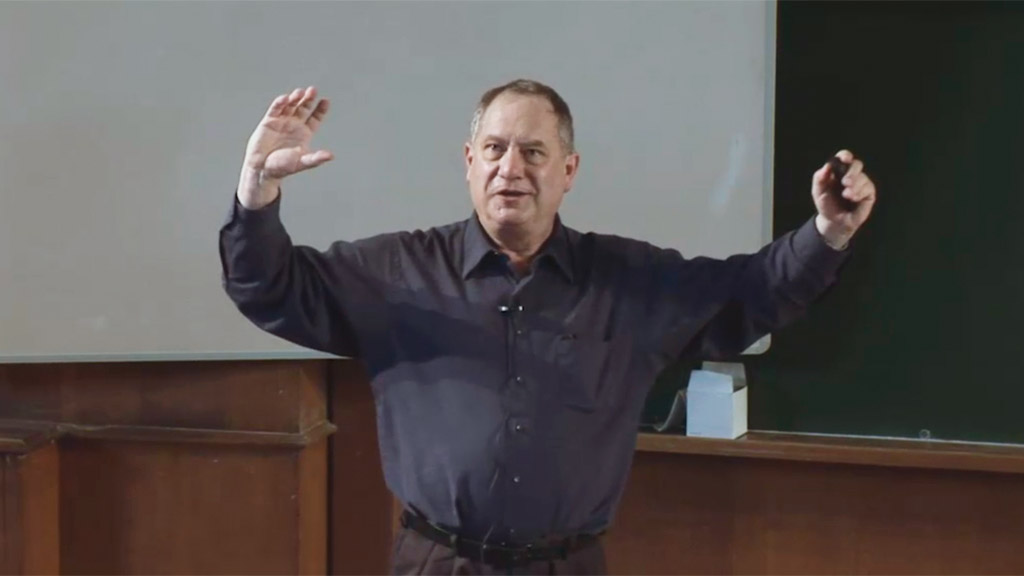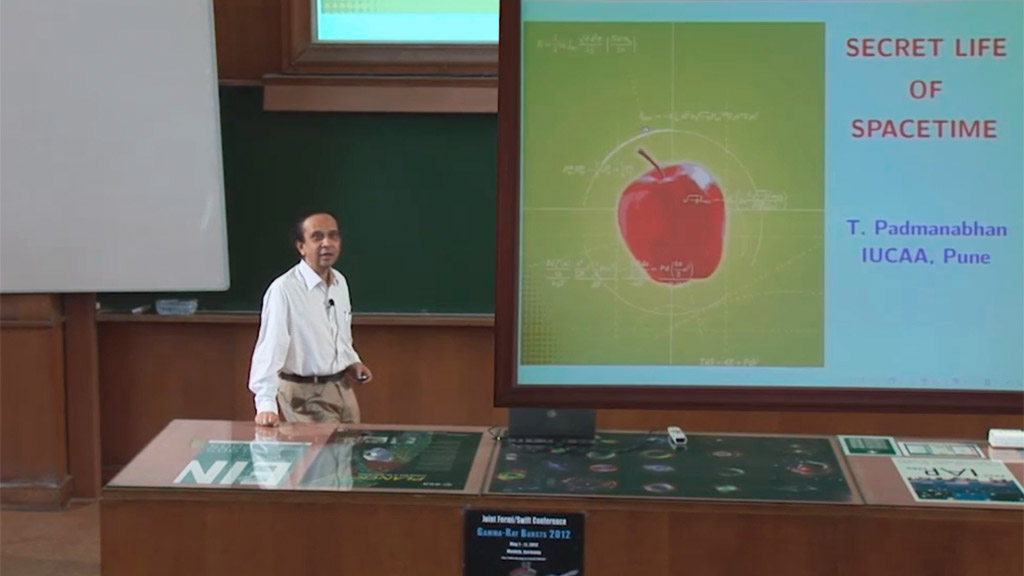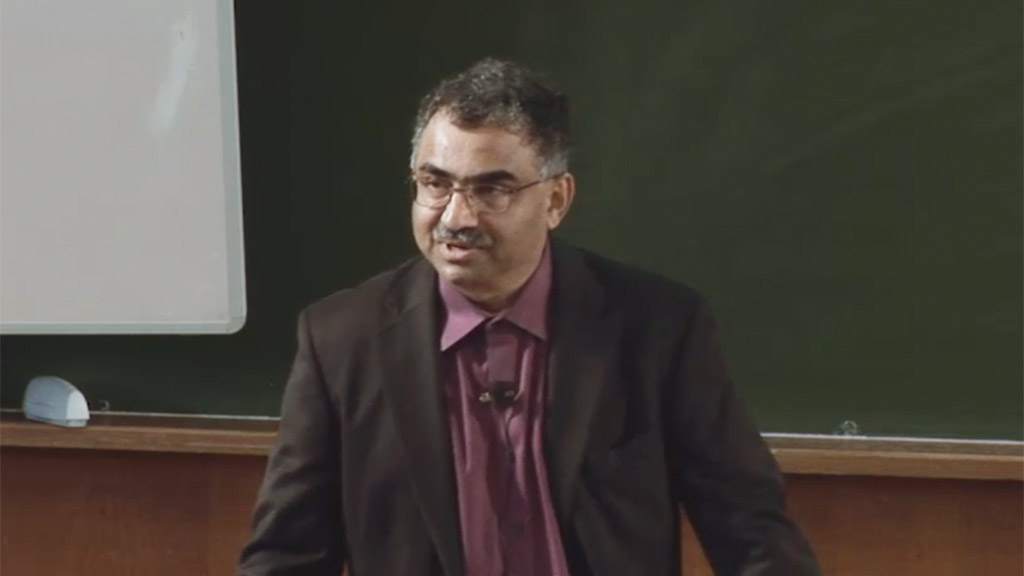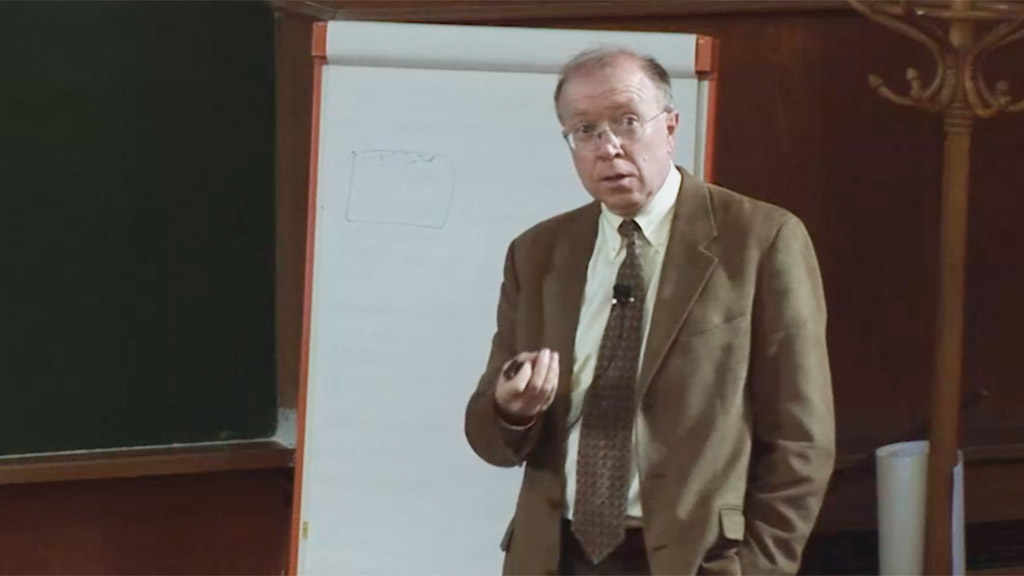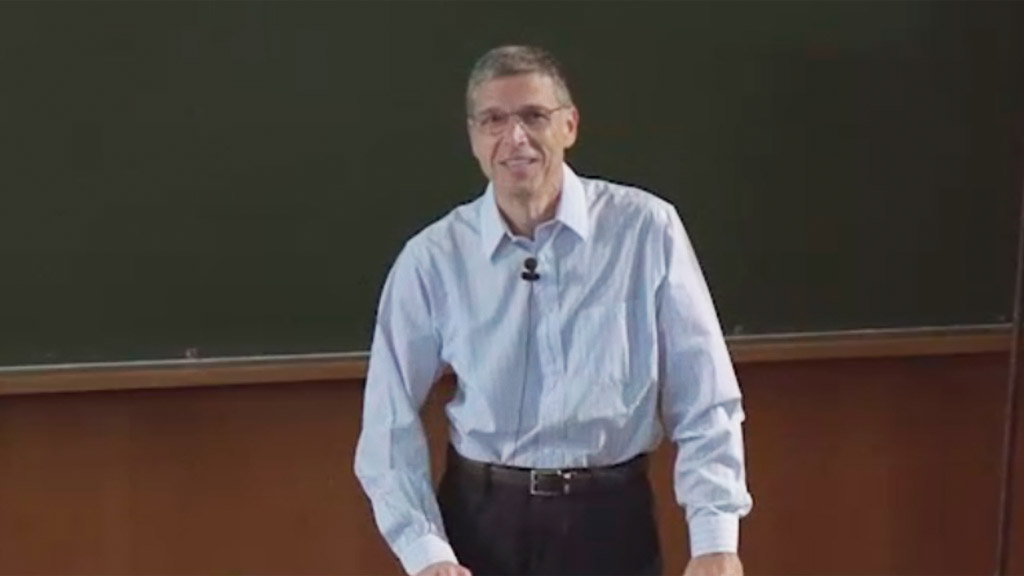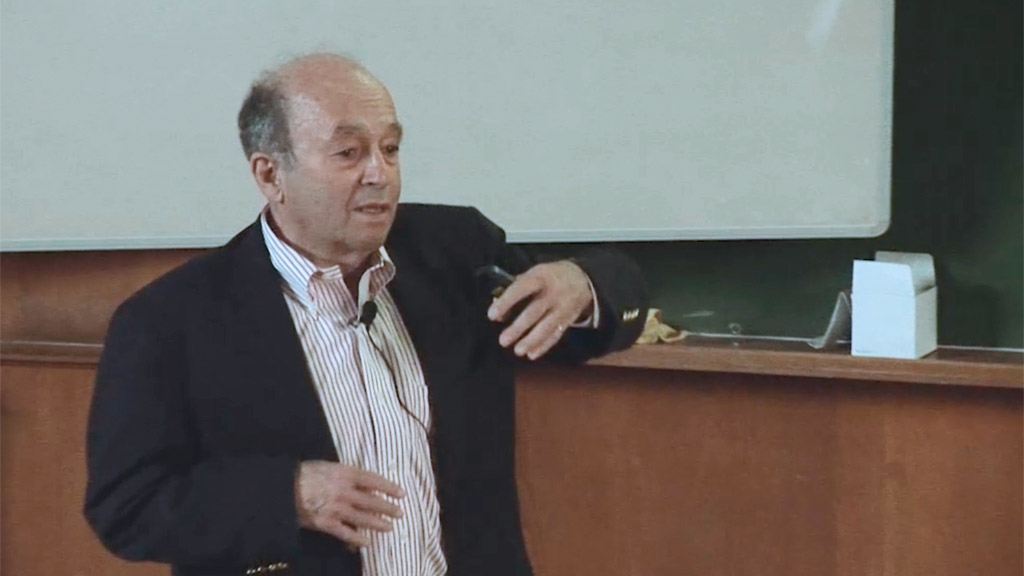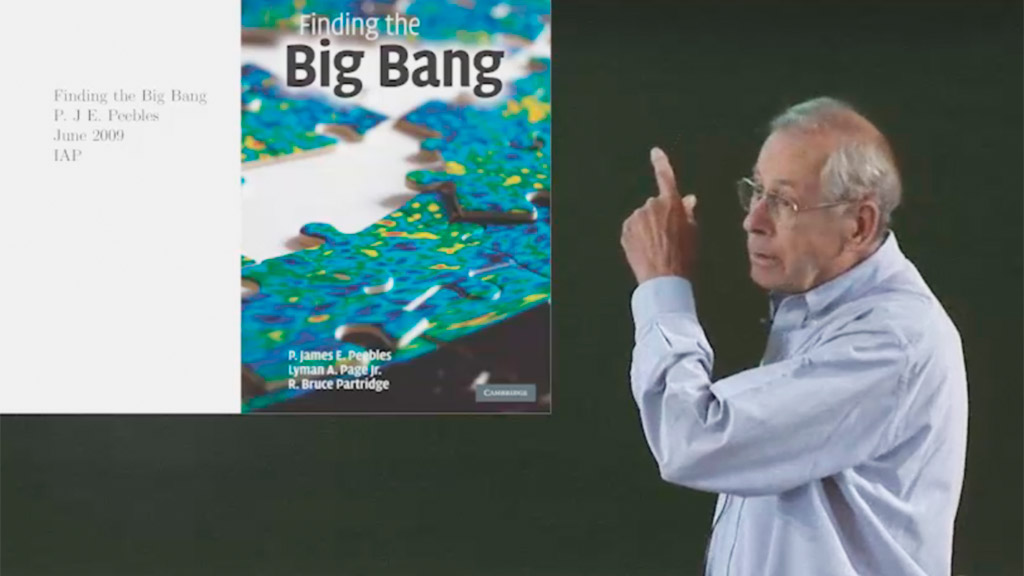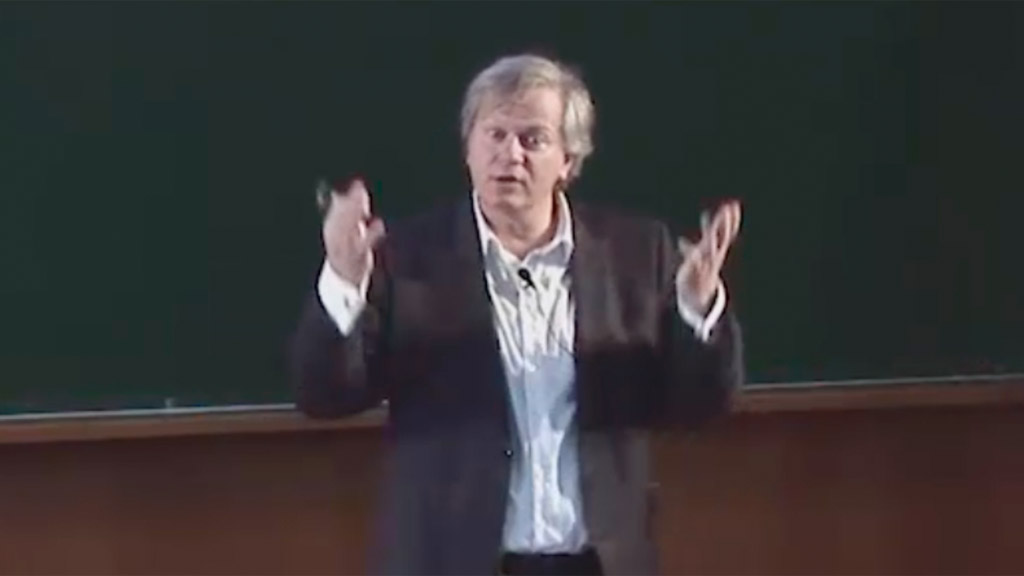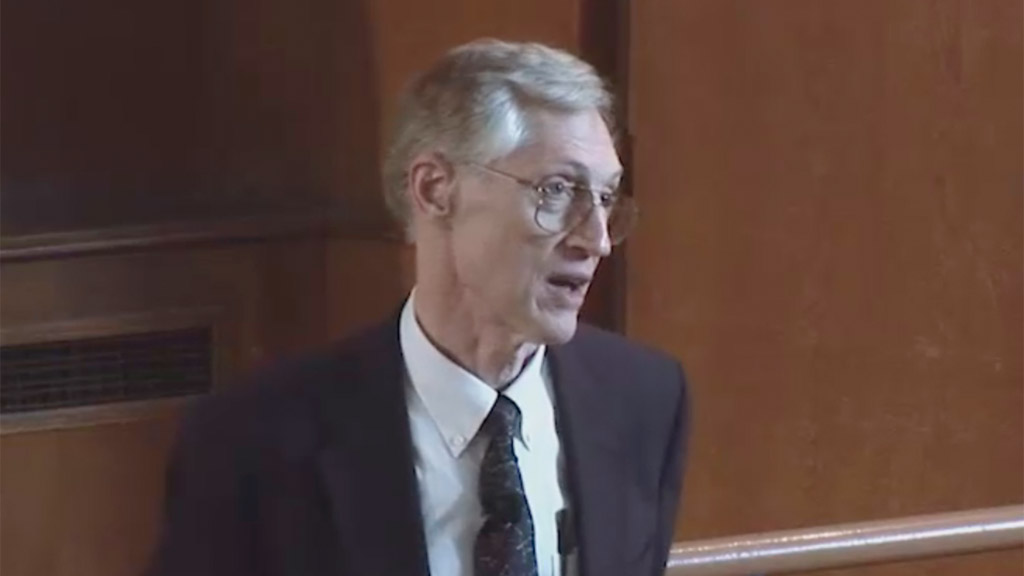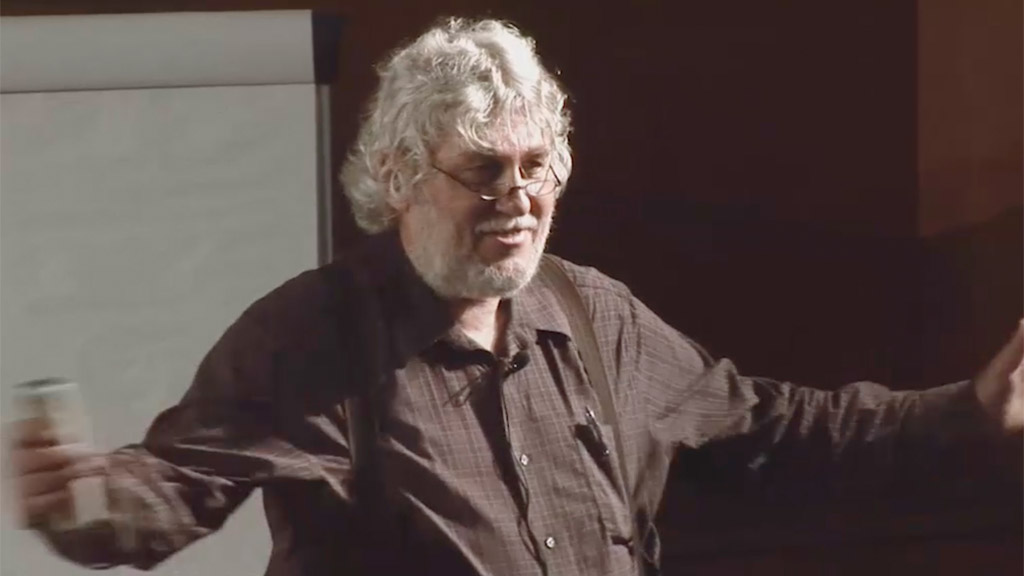- Présentation
- Rubriques
- Conférences de l'année 1999
- Conférences de l'année 2000
- Conférences de l'année 2001
- Conférences de l'année 2002
- Conférences de l'année 2003
- Conférences de l'année 2004
- Conférences de l'année 2005
- Conférences de l'année 2006
- Conférences de l'année 2007
- Conférences de l'année 2008
- Conférences de l'année 2009
- Conférences de l'année 2010
- Conférences de l'année 2011
- Conférences de l'année 2012
- Conférences de l'année 2013
- Conférences de l'année 2014
- Conférences de l'année 2015
- Conférences de l'année 2016
- Conférences de l'année 2017
- Conférences de l'année 2018
- Conférences de l'année 2019
- Conférences de l'année 2020
- Conférences de l'année 2021
- Conférences de l'année 2022
- Conférences de l'année 2023
- Conférences de l'année 2024
- Conférences de l'année 2025
- Les 20 ans des conférences publiques de l'IAP
- Les séminaires spécialisés - Specialised seminars
- Partenaires
- Contact
Les séminaires spécialisés - Specialised seminars
Cours
UNE ARCHÉOLOGIE PERSONNELLE DE LA PHYSIQUE CARROLLIENNE
Ce séminaire en français, de Jean-Marc Lévy-Leblond (professeur émérite à l'Université de la Côte d'Azur) a été enregistré lundi 21 octobre 2024 à l'IAP. La relativité einsteinienne possède une
DARK MATTERS 11-13 December 2017: Joe Silk’s 75th Birthday
At this invitation-only conference, invited speakers and panelists summarized the advances in the numerous fields of astrophysics and cosmology in which Joe Silk has made substantial contributions
THE INFORMATICS REVOLUTION IN THE SCIENCES
Séminaire spécialisé (en anglais), par Gérard Berry, titulaire de la Chaire algorithmes, machines et langages, Mathématiques et Sciences Numériques du Collège de France, médaille d'or 2014 du CNRS. In
Conférences
THE WARPED SIDE OF THE UNIVERSE: NUMERICAL RELATIVITY, GRAVITATIONAL WAVES AND MACROSCOPIC QUANTUM …
There is a "Warped side" to our universe, consisting of objects and phenomena that are made solely or largely from warped spacetime. Examples are black holes, singularities (inside black holes
STAR FORMATION IN THE DESERT: PROBING THE LOW-DENSITY EXTREMES
Over the past decade multi-wavelength observations have revealed the extraordinary ubiquity and diversity of star formation in galaxies, ranging over billionfold ranges in star formation rates
SECRET LIFE OF SPACETIME
Combining the principles of general relativity and quantum theory still remains as elusive as ever. Recent work, that concentrated on the points of conflict and contact between quantum theory
CHARTING THE TRANSIENT SKY: THE PALOMAR TRANSIENT FACTORY
Only about a hundred years ago astronomers came to recognize cosmic explosive events. What was once termed as Stella Nova are now divided into two major families, novae and supernovae (with real
STELLAR DYNAMICS AT THE CENTERS OF GALAXIES
The massive black holes found at the centers of most galaxies, including our own, are believed to be the ashes of the fuel that powered quasars early in the life of universe. I will briefly
USING GENERAL RELATIVITY TO STUDY CONDENSED MATTER
It has recently been shown that in addition to describing black holes, gravitational waves, and other gravitational phenomena, general relativity can also describe aspects of nongravitational
ON THE FORMATION OF MASSIVE GALAXIES
Looking backwards we have been able to reconstruct from the detailed structure of our own Galaxy and from the fossil evidence derived from the study of nearby galaxies a plausible history of how
TWEAKING GENERAL RELATIVITY: MOND RELATIVISTIC GRAVITY THEORY AS A SUBSTITUTE FOR DARK MATTER
The success of the standard concordance cosmological model in predicting the primordial abundances of the light elements, and modeling the power spectrum of fluctuations of the cosmic microwave
FINDING THE BIG-BANG
I propose to discuss how we arrived at the tightly woven network of evidence that shows we have a good approximation to what happened as the universe expanded and cooled, and then present
THE ACCELERATING UNIVERSE
Since the discovery of an accelerating Universe in 1998, a variety of experiments have been undertaken, and even more proposed, to better constrain the source of the acceleration. I will review
JAMES WEBB SPACE TELESCOPE: SCIENCE OPPORTUNITIES AND MISSION PROGRESS
The James Webb Space Telescope, the planned successor for the Hubble Space Telescope and the Spitzer Space Telescope, is making excellent technical progress. It will carry four instruments to
MEASUREMENT OF THE THERMAL SPECTRUM OF HAWKING RADIATION FROM AN ANALOG HORIZON
Hawking predicted that black holes should radiate thermal radiation, the temperature being a function solely of the geometry near the horizon of the black hole. The same arguments show that one
Intervenants
Physicien, essayiste, épistémologue. Professeur émérite de l'université de Nice (en 2019)
Astrophysicien. - Professeur à l'University of California at Berkeley (en 1994). - - Professeur, Institut d'Astrophysique de Paris (2018). - Cosmologiste, professeur à l'université d'Oxford et à Sorbonne Université (en 2024)
Au Collège de France, titulaire de la chaire annuelle Innovation technologique (2007-2008), de la chaire annuelle Informatique et sciences numériques (2009-2010), puis de la chaire Algorithmes, machines et langages (2012-2019).
En poste : Stewart observatory, University of Arizona, Tucson (en 1998)
Physicien théoricien (PhD. Princeton, 1965) et astrophysicien. - Prix Nobel de physique 2017
Astrophysicien. Professeur au Canadian institute for theorical astrophysics, Toronto, Canada (en 1987)
Professeur d'astrophysique et de planétologie à l'Institut de technologie de Californie (2011)
Ph. D. (Université de Bombay)
Astrophysicien. Senior Professor and Dean of Core Academic Programmes at the Inter-University Centre for Astronomy and Astrophysics in Pune, Inde. Membre de l'Académie indienne des Sciences et du Comité de l'Union Astronomique Internationale.
Cosmologue et physicien. Membre de l'"American academy of arts and sciences and the Royal Society". Prix Nobel de physique en 2019.
Professeur à Princeton university, Princeton, New Jersey, USA (en 1990)
P.J.E. Peebles est un physicien lauréat du prix Nobel et l'auteur des principes de la cosmologie physique,Quantum Mechanics and Cosmologie physique (tous à Princeton). Il est professeur émérite de sciences Albert Einstein au département de physique de l'université de Princeton.
Editeur scientifique
Astrophysicien. Professeur à l'Université de Princeton, N.J. (en 1999)


